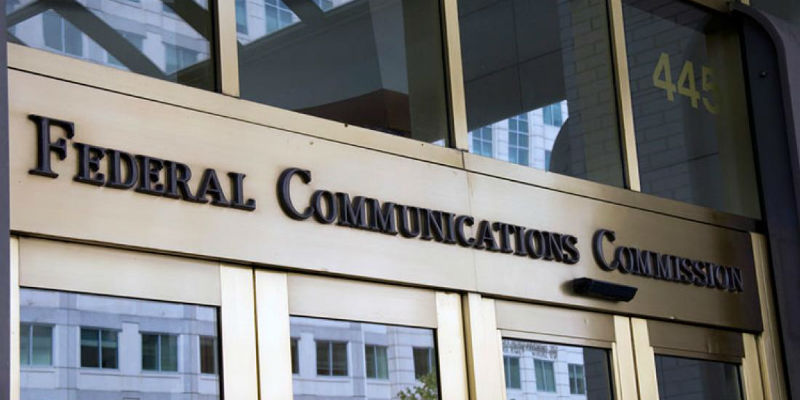The White House has formally sent to Congress a $200 billion proposal to improve infrastructure nationwide. President Donald Trump floated the concept during his first State of the Union Address earlier this month. The proposal is divided into four parts: (1) a seven-section funding and financing program that is a mix of grants, loans and even a process for the sale of Federal assets, together with proposals specific to rural America and communications infrastructure; (2) a supplemental plan for improving transportation, water infrastructure, veterans affairs, and brownfield/Superfund sites; (3) a plan for improving the permitting process for infrastructure projects; and (4) a workforce development plan. Half of that $200 billion would be placed in Part I, a competitive grant fund to be administered by only three federal departments or agencies: the Department of Transportation; the U.S. Army Corps of Engineers; and the Environmental Protection Agency. Some of that funding could be made available to other federal entities, including the Department of Agriculture’s Rural Utilities Service, the FCC and the National Telecommunications and Information Administration, all of which have a history of funding rural broadband infrastructure projects. However, in order to gain access to the $100 billion in funding, the requesting agency must petition the lead agency or department which has initial custody of the funds.
One of the seven sections included in Part I’s $100 billion funding pot is a $50 billion “Rural Infrastructure Program.” Some of the eligible categories for “capital investments” in the Rural Infrastructure Program are transportation, water and waste, water resources, power and electric, and “broadband (and other high-speed data communication conduits).” Specifically, 80 percent of the funds under the Rural Infrastructure Program would be provided to the governor of each state via a “formula distribution” while 20 percent of the funds would be reserved for rural performance grants within “eligible asset classes and according to specified criteria.” Funds made available to states under the Rural Infrastructure Program would be distributed as block grants to be used for infrastructure projects in rural areas with populations of less than 50,000, with an additional portion of this funding set aside for Tribal infrastructure and territorial infrastructure. The exact formula for how the rural funding gets allocated will be based on “application and evaluation criteria” to be published 180 days after the passage of the law in a “Rural Infrastructure Investment Plan.”
Outside of the key Rural Infrastructure Program, there are other programs that could impact rural technology and communications investments. First, President Trump’s proposal seeks to “expand” RUS lending programs by giving the agency “additional budget authority…for loan subsidy costs under RUS lending programs.” Second, under Part III of the proposal, the White House envisions a process to reducing inefficiencies in environmental reviews of infrastructure programs, including the creation of a “single environmental review document” that only one lead agency would require. Third, under Part IV of the proposal, the administration seeks to limit injunctive relief in NEPA legal cases to only “exception circumstances” and further revises the statute of limitations for federal infrastructure permits or decisions to 150 days.








